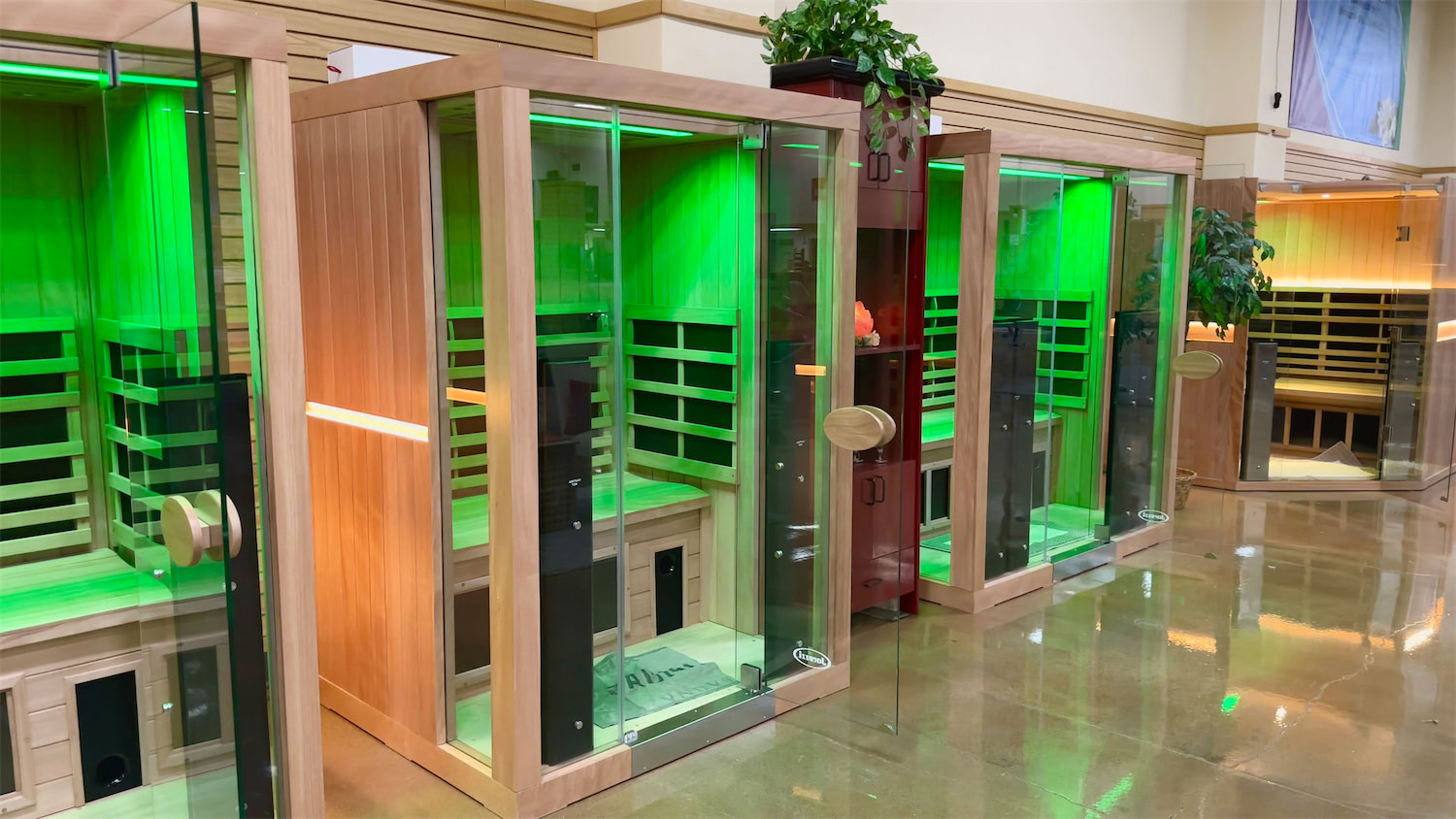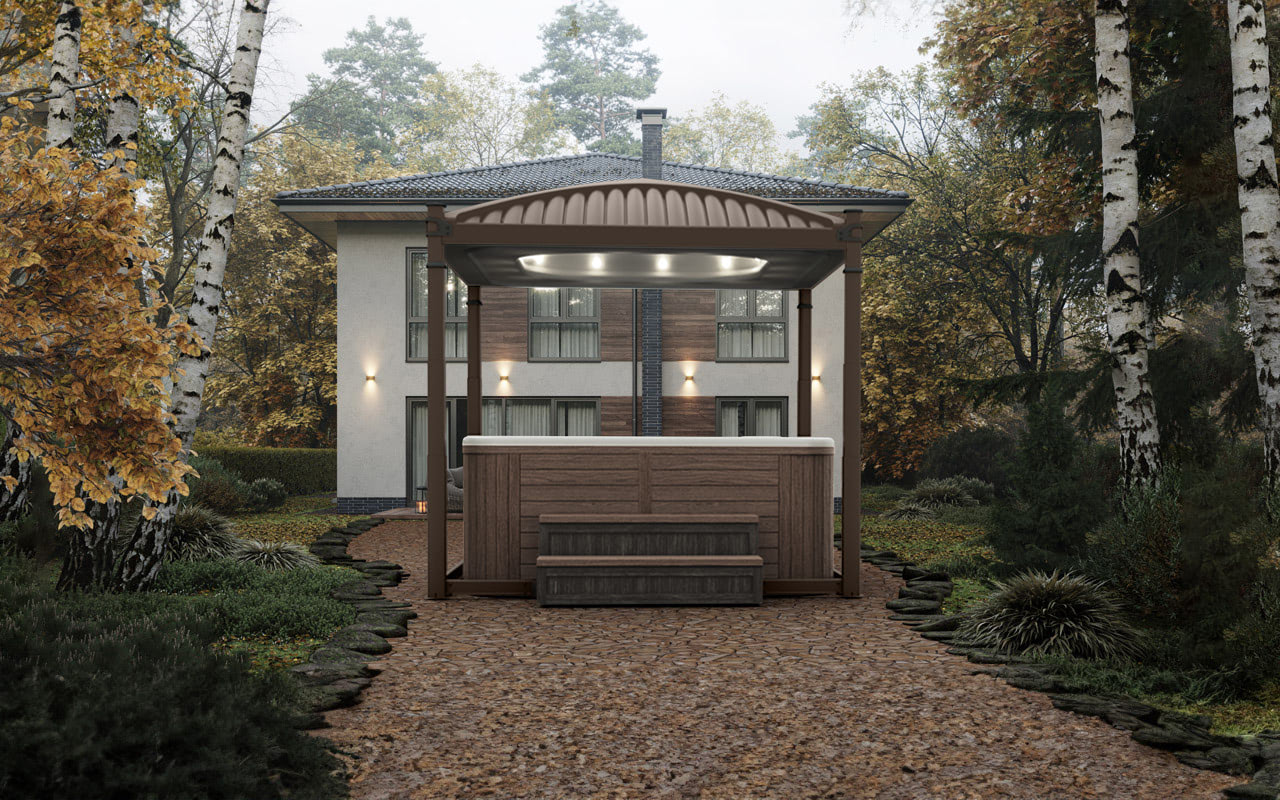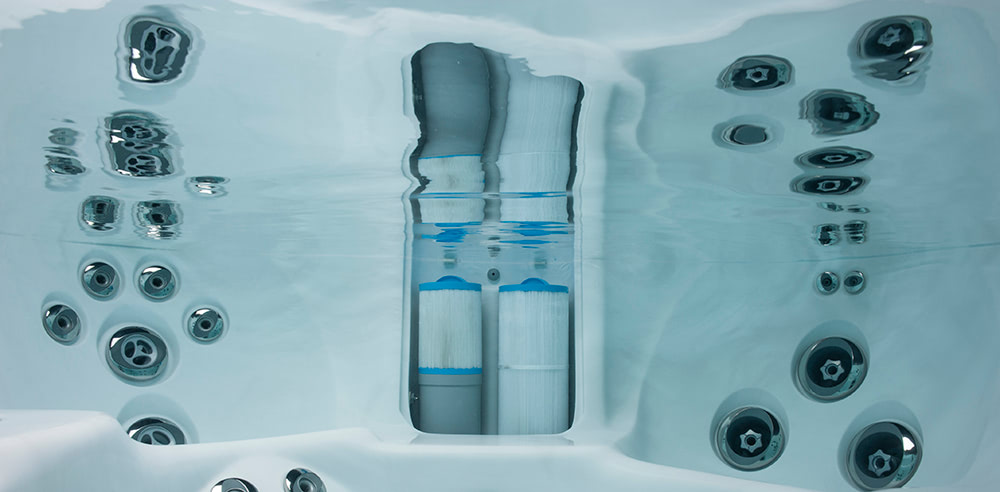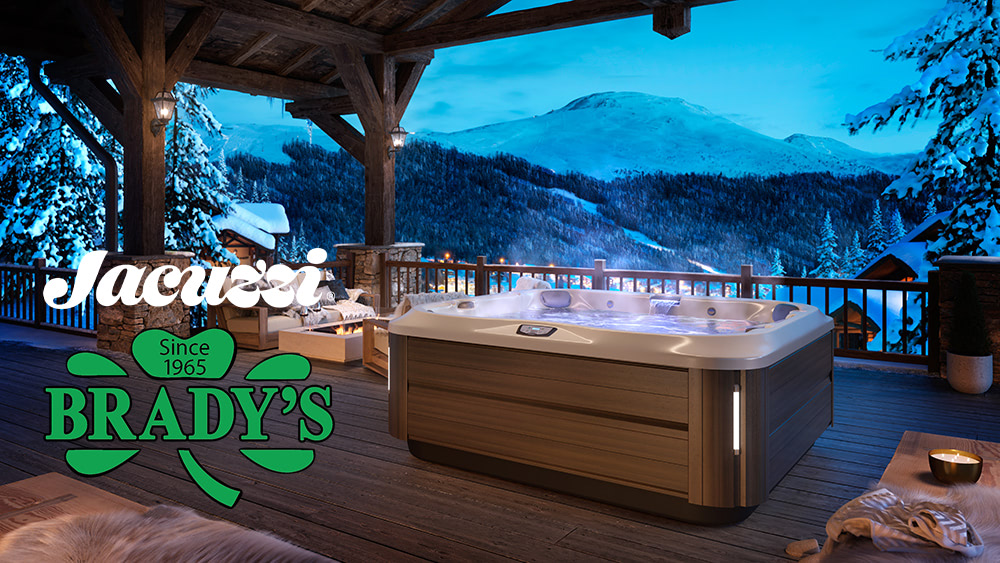Infrared vs. Traditional Saunas: A Technical Comparison for Idaho Homeowners
-
Share

As an Idaho homeowner considering adding a sauna to your property, understanding the technical differences between infrared vs traditional sauna systems is essential for making an informed investment. From heating mechanisms and energy consumption to installation requirements specific to Idaho’s climate, this technical comparison will help you determine which sauna technology best suits your home and health objectives.
Technical Overview: Traditional Sauna Systems
Traditional saunas have been the gold standard for centuries, particularly in Finnish culture where sauna bathing has deep roots. These saunas heat rocks to temperatures between 150-195°F, creating an intense ambient heat that warms your body from the outside in. The humidity typically stays around 10-20%, though you can increase it by pouring water over the hot rocks—a practice called löyly that creates bursts of steam.
Health Benefits of Traditional Saunas
The cardiovascular benefits of traditional sauna use are well-documented. A 20-year study of 2,300 Finnish men found that those who used a sauna four to seven times per week had significantly lower cardiovascular mortality rates compared to those who used it once weekly, according to research published in JAMA Internal Medicine. Regular sauna bathing has been linked to reduced risk of high blood pressure, cardiovascular disease, pulmonary diseases, and improved management of conditions like arthritis, as noted in a comprehensive review in Mayo Clinic Proceedings.
Traditional saunas accommodate larger groups, making them ideal for social experiences. The high-heat environment creates an intense detoxification experience through profuse sweating, and typical sessions last 10-20 minutes. However, these saunas require 30-40 minutes of pre-heating time and higher energy consumption to maintain their elevated temperatures.
Technical Overview: Infrared Sauna Systems
Infrared saunas represent modern sauna technology, using infrared light panels to directly heat your body rather than heating the surrounding air. Operating at more moderate temperatures of 120-140°F, infrared saunas penetrate up to 1.5 inches deep into your tissue. This direct heating method means you can enjoy longer sessions of 20-45 minutes in a more breathable environment, and the sauna is ready to use in just 10-15 minutes.
Health Benefits of Infrared Saunas
While traditional saunas have more extensive research history, infrared saunas show particularly promising results for muscle recovery and pain relief. A study published in Biology of Sport found that basketball players who used infrared sauna sessions after resistance training showed attenuated decreases in jump performance and experienced less severe muscle soreness compared to passive recovery. Research from PMC demonstrates these recovery benefits.
The deeper tissue penetration makes infrared saunas especially beneficial for athletes and anyone dealing with muscle tension or joint discomfort. The lower operating temperatures make infrared saunas more comfortable for heat-sensitive individuals or those new to sauna bathing, and they share many of the same cardiovascular benefits as traditional saunas through improved circulation and reduced blood pressure.
Technical Specifications Side-by-Side
Heat Experience & Comfort
Traditional saunas deliver intense, high-heat experiences with the option for steam bursts, creating an authentic Finnish sauna ritual. Infrared saunas provide gentler, more tolerable heat with deeper muscle penetration, allowing for comfortable extended sessions without the overwhelming heat.
Energy Efficiency & Operating Costs
This is where infrared saunas shine. Traditional saunas typically consume 6-9 kWh per session, while infrared models use only 1.5-3 kWh per session—approximately 75% less electricity. For someone using their sauna daily for 30 minutes, a traditional sauna might cost around $27 per month in electricity, while an infrared sauna costs roughly $14.40 per month based on average residential electricity rates of $0.12 per kWh.
Maintenance Requirements
Traditional saunas require more upkeep, including periodic rock replacement, ventilation system cleaning, and more complex maintenance schedules. Infrared saunas need simple wipe-downs and occasional panel checks, making them the lower-maintenance option for busy households.
Initial Investment
Traditional saunas typically range from $3,000-$10,000+ depending on size and customization, while quality home infrared units cost between $1,500-$6,000. Beyond purchase price, traditional saunas often require professional electrical work for 220V circuits, while many infrared models operate on standard 110V household outlets.
Home Sauna Installation: Technical Requirements for Idaho Properties
Space Requirements
Traditional saunas need dedicated rooms with proper ventilation and ideally a floor drain. Minimum space requirements start around 4’x6′ for basic models. Infrared saunas offer more flexibility—they can fit in spare bedrooms, large closets, or basement corners, with compact models requiring as little as 3’x3′ for single-person use.
Electrical Requirements & Installation Complexity
Traditional saunas usually require 220V dedicated circuits and professional installation, taking 1-3 days to complete. The electrical work alone can be substantial for Idaho homes not already configured for high-voltage appliances. Infrared saunas are more straightforward—most run on standard 110V outlets, and many models are DIY-friendly with 2-4 hour assembly times. Both types require permits in Idaho, but infrared installations are generally simpler and less expensive.
Idaho Climate Optimization
Basement installations are popular in Idaho Falls and Twin Falls homes because the naturally cooler underground temperatures provide thermal advantages for sauna efficiency. Garage conversions work well for traditional saunas, especially in detached garages where ventilation is easier to engineer. For outdoor installations, Idaho’s cold winters make proper insulation critical for both sauna types—though the superior energy efficiency of infrared models becomes even more valuable during peak heating season when energy costs rise.
Your Decision Guide: Which System Fits Your Needs?
Choose a Traditional Sauna If You:
- Want the authentic Finnish sauna experience with high heat and steam
- Prefer very intense heat sensations (150-195°F)
- Plan to use your sauna socially with family or friends
- Have space for a dedicated sauna room with proper ventilation
- Don’t mind the longer pre-heat time and higher operating costs
- Enjoy the ritual of preparing and tending to a traditional sauna
Choose an Infrared Sauna If You:
- Are heat-sensitive or new to sauna bathing
- Prioritize energy efficiency and lower monthly costs
- Have limited space or want a more flexible installation
- Focus on muscle recovery, pain relief, or targeted therapeutic benefits
- Want quick, convenient sessions without extensive pre-heating
- Prefer longer session times in a more breathable environment
- Need a simpler, less expensive installation process
Bottom Line: Both infrared and traditional saunas offer impressive cardiovascular and wellness benefits, but they deliver these benefits through fundamentally different heating technologies. Infrared saunas operate at lower temperatures with deeper tissue penetration and lower energy costs, while traditional saunas provide the authentic high-heat experience with optional steam. Your choice depends on your heat tolerance, budget, available space, and wellness goals.
Can’t Decide?
Visit Brady’s showrooms in Idaho Falls or Twin Falls to experience both sauna systems firsthand and compare the technical differences in real-world conditions. There’s no substitute for actually feeling the difference between the intense dry heat of a traditional sauna and the deep, penetrating warmth of infrared technology. Our wellness experts can help you assess which system aligns best with your health goals, space constraints, and budget while answering technical questions about electrical requirements and installation complexity.
Give us a call at 208-522-6763 if you have any questions. We’re open Tuesday through Saturday 10:00am to 6:00pm, closed Sunday and Monday.
Let Brady’s get you into Hot Water.


